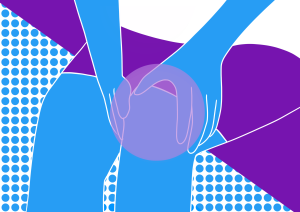Objectives
By the end of Family Medicine Clerkship, students will be able to:
1. Recognize acute hot joints and propose next steps.
2. For joint/limb pain scenarios that commonly present in family medicine clinics
a. diagnose intra- and extra-articular pathology based upon history and physical examination
b. identify the indications for and limitations of relevant investigations
c. interpret the findings of appropriate investigations
d. propose an initial management plan
3. For patients with arthritic symptoms, differentiate between osteoarthritis and inflammatory arthritides.
4. Describe the benefits and risks of acetaminophen, NSAIDs, and narcotics.
Clinical Cards
References
Recommended Resources Addressing the Objectives
Diagnostic approach to polyarticular joint pain (9 pages)
Objectives covered: 2abc, 3
http://www.aafp.org/afp/2003/0915/p1151.pdf
Mies Richie A, Francis ML. Diagnostic approach to polyarticular joint pain. Am Fam Physician 2003 September 15;68(6):1151-60.
PMID: 14524403
Approach to septic arthritis
Objectives covered: 1,2d
http://www.aafp.org/afp/2011/0915/p653.pdf
Horowitz DL, Katzap E, Horowitz S, Barilla-LaBarca ML. Approach to septic arthritis. Am Fam Physician 2011 Sep 15;84(6):653-660
PMID: 21916390
Evaluation and management of joint pain (just read pages 3-4)
Objectives covered: 2d, 4
http://www.ncbi.nlm.nih.gov/pubmed/18677253
Collyott CL, Brooks MV. Evaluation and management of joint pain. Orthop Nurs 2008 Jul-Aug;27(4):246-50; quiz 251-2.
PMID: 18677253
The Calgary Guide explanation for the difference between degenerative and inflammatory joint pain
Objectives covered: 3
Foundational Knowledge
The Calgary Guide – Rheumatology section: explores the pathogenesis and clinical findings of various types of joint pain

